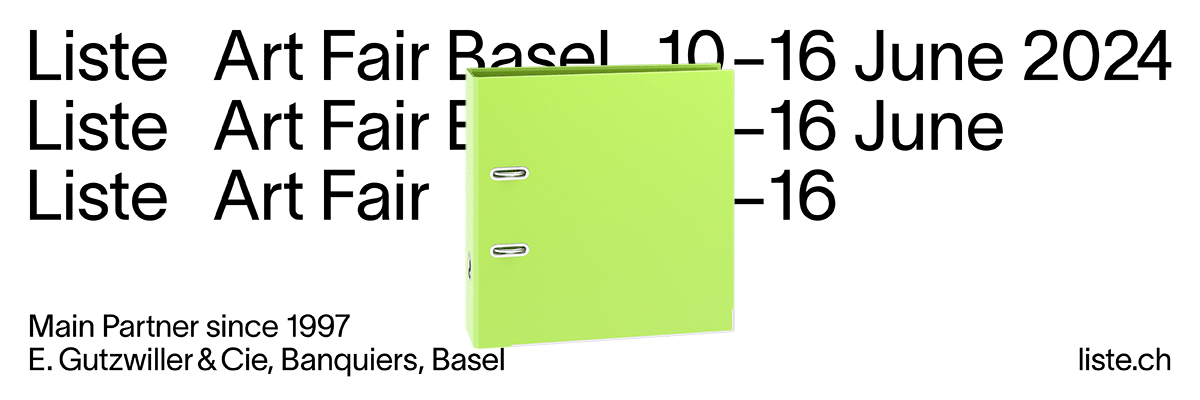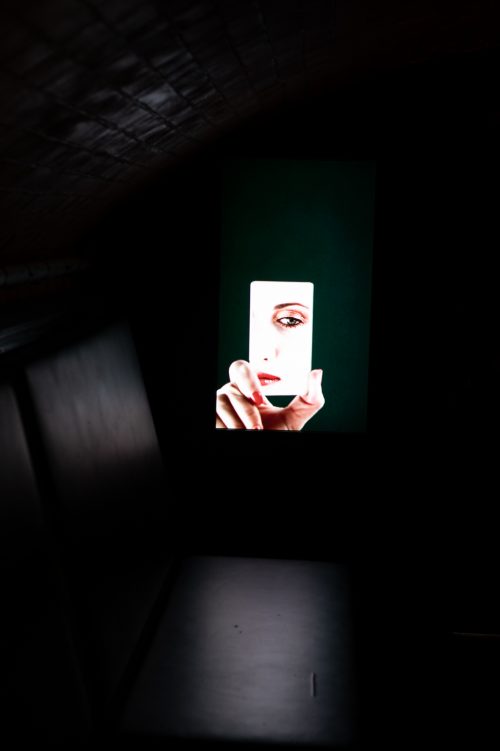
Maxine Weiss
The form can no longer be maintained
Project Info
- 💙 Academy of Fine Arts, diploma show
- 🖤 Maxine Weiss
- 💜 Madeleine Freund
- 💛 Younsik Kim
Share on
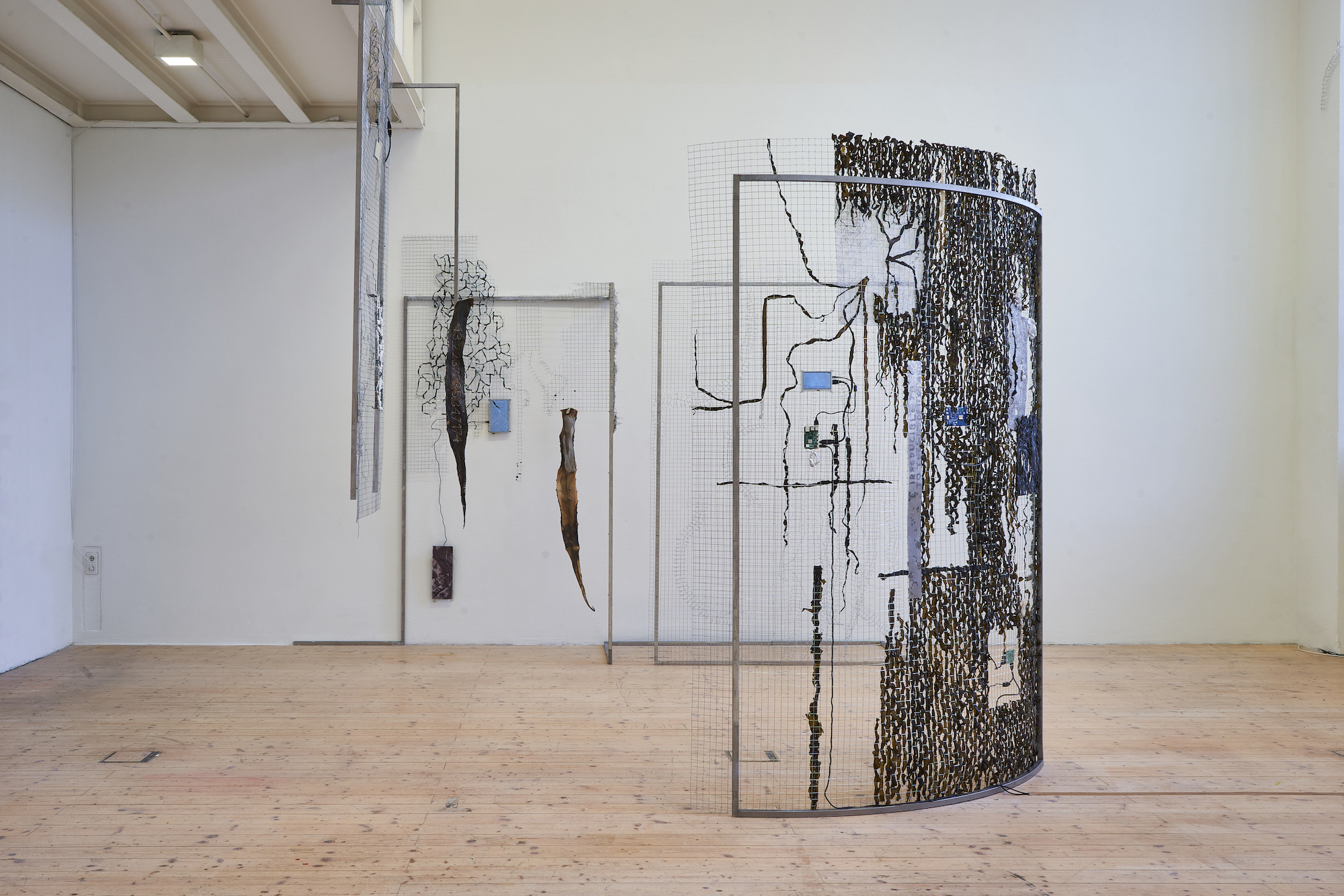
Maxine Weiss, The form can no longer be maintained (2024)
Advertisement

Maxine Weiss, The form can no longer be maintained (2024)
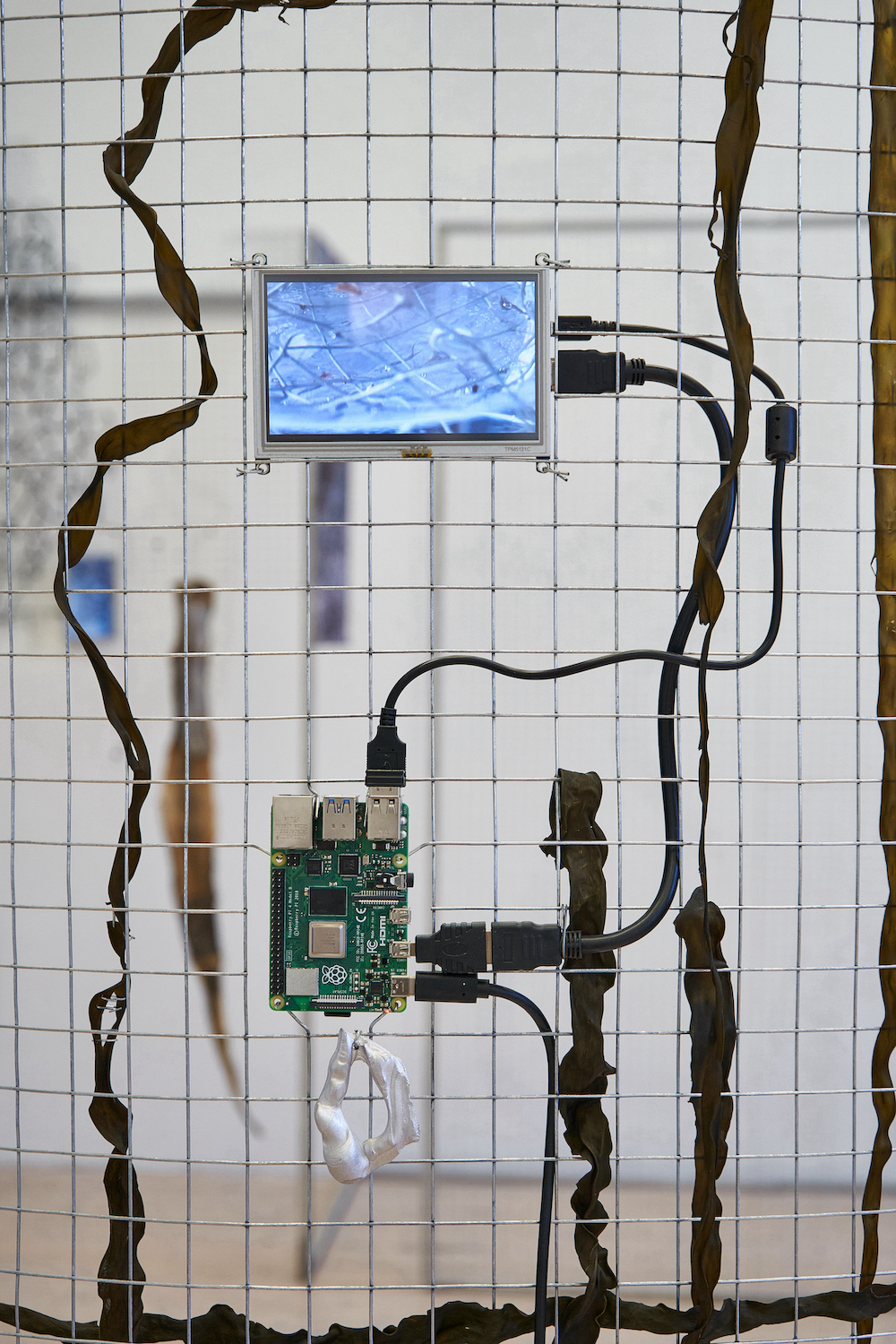
Maxine Weiss, The form can no longer be maintained (2024)

Maxine Weiss, The form can no longer be maintained (2024)
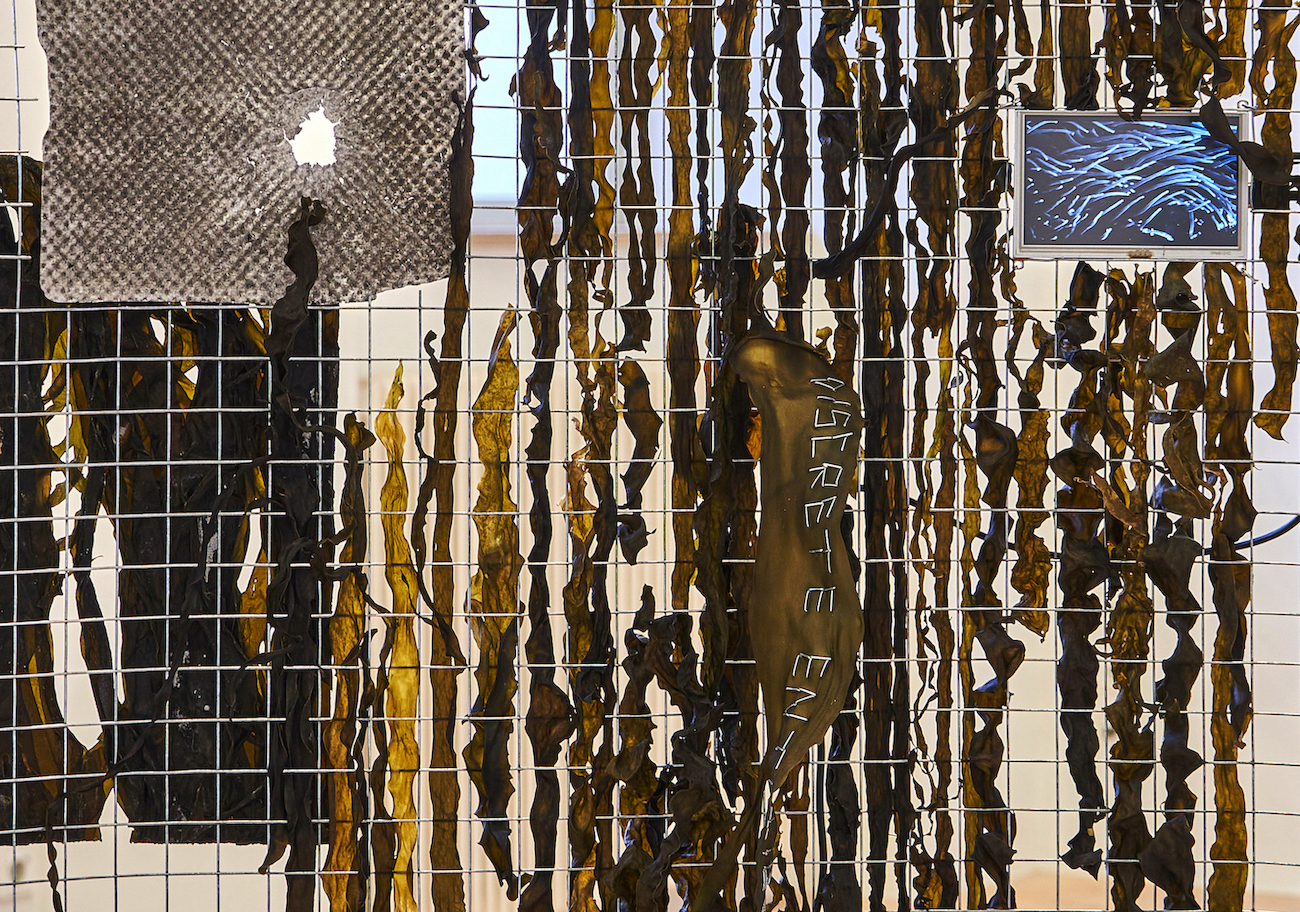
Maxine Weiss, The form can no longer be maintained (2024)
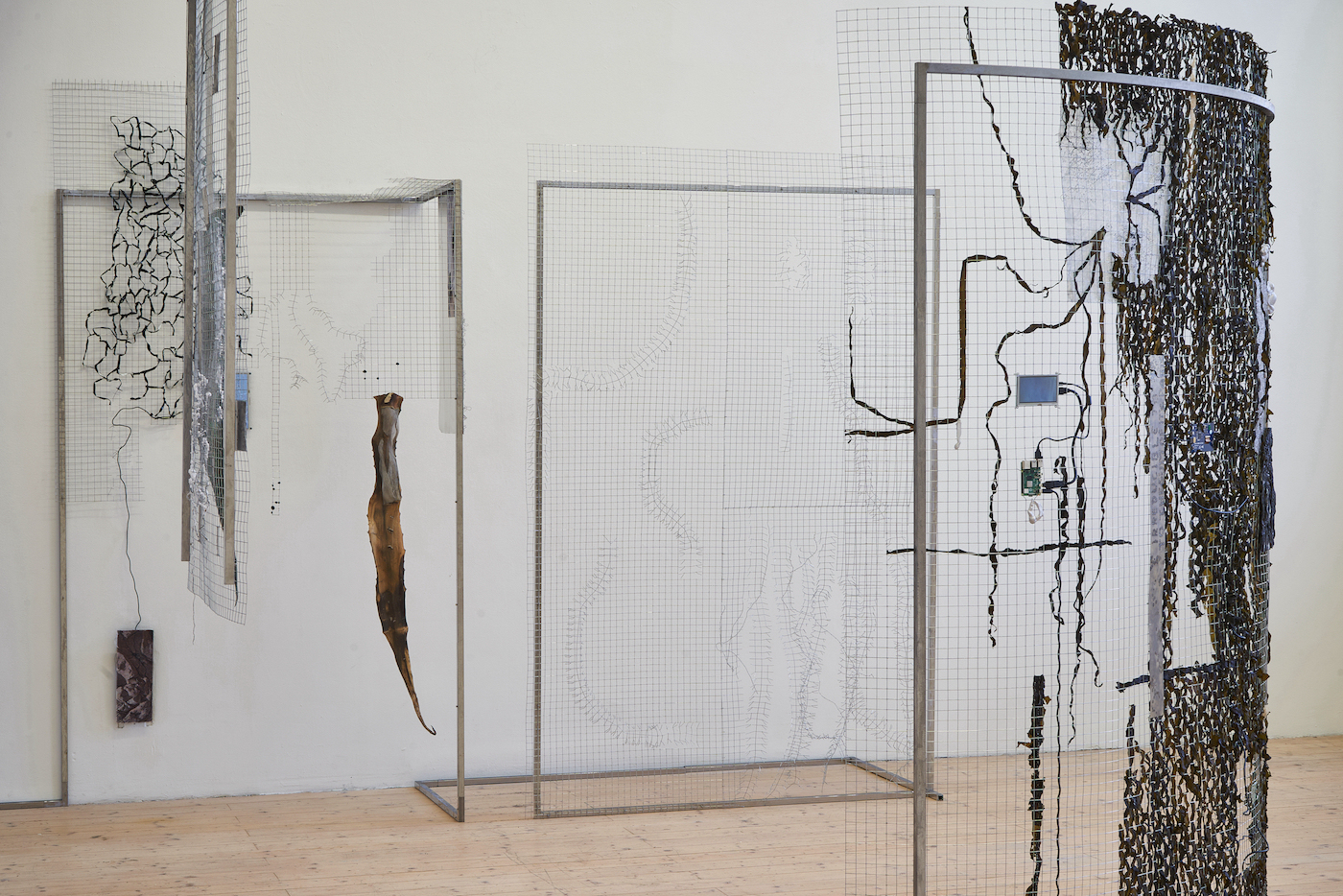
Maxine Weiss, The form can no longer be maintained (2024)
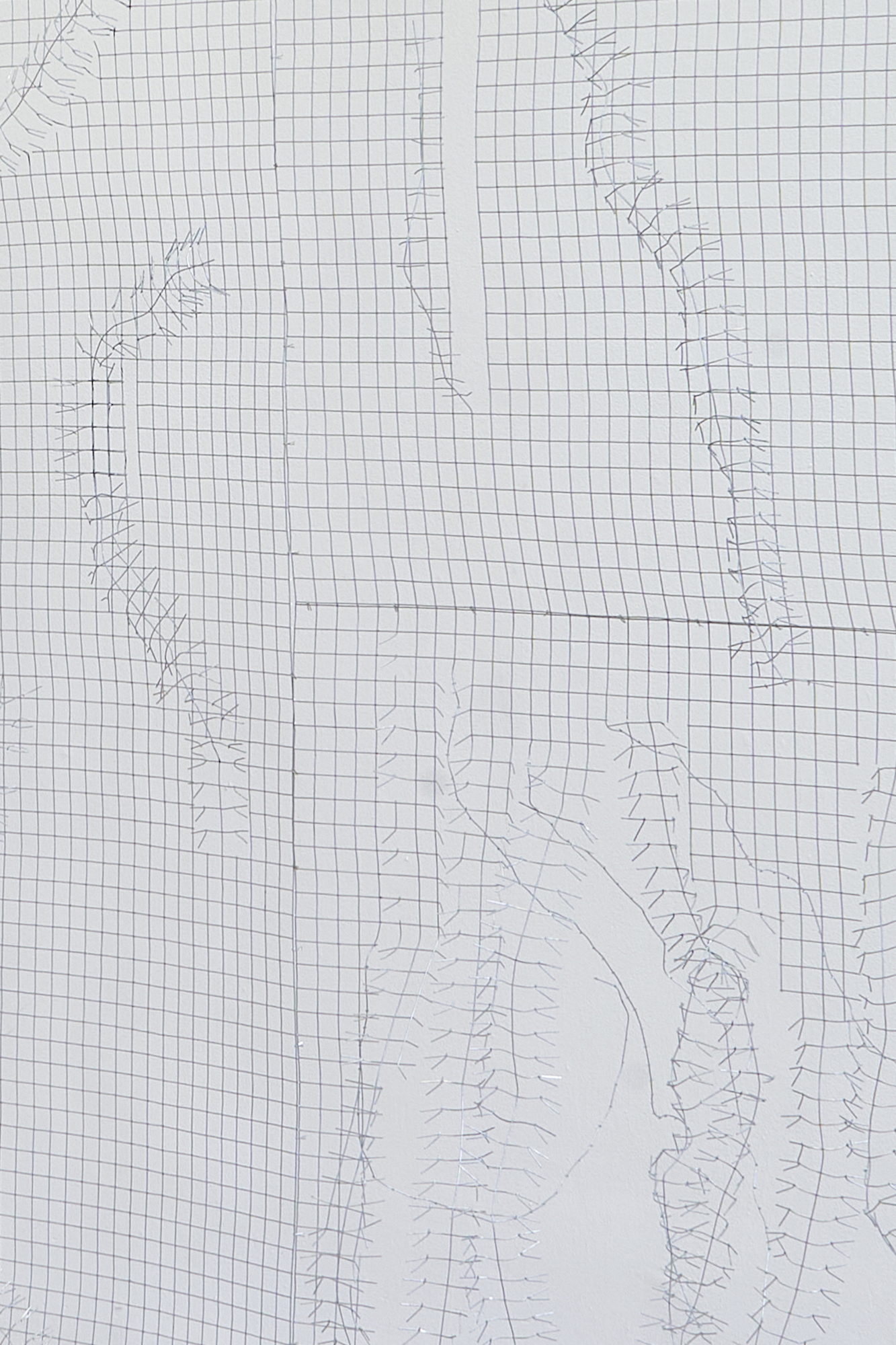
Maxine Weiss, The form can no longer be maintained (2024)

Maxine Weiss, The form can no longer be maintained (2024)
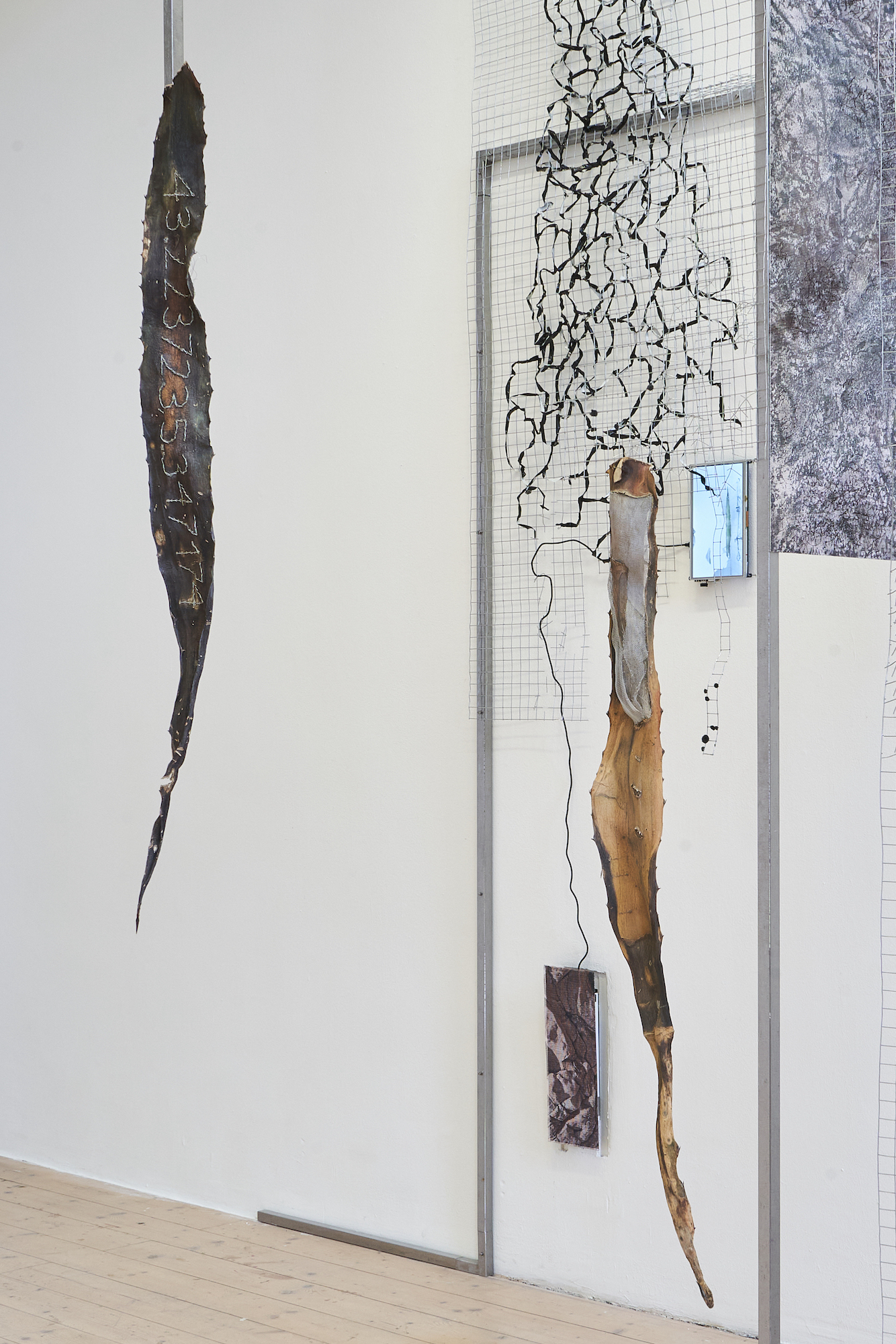
Maxine Weiss, The form can no longer be maintained (2024)
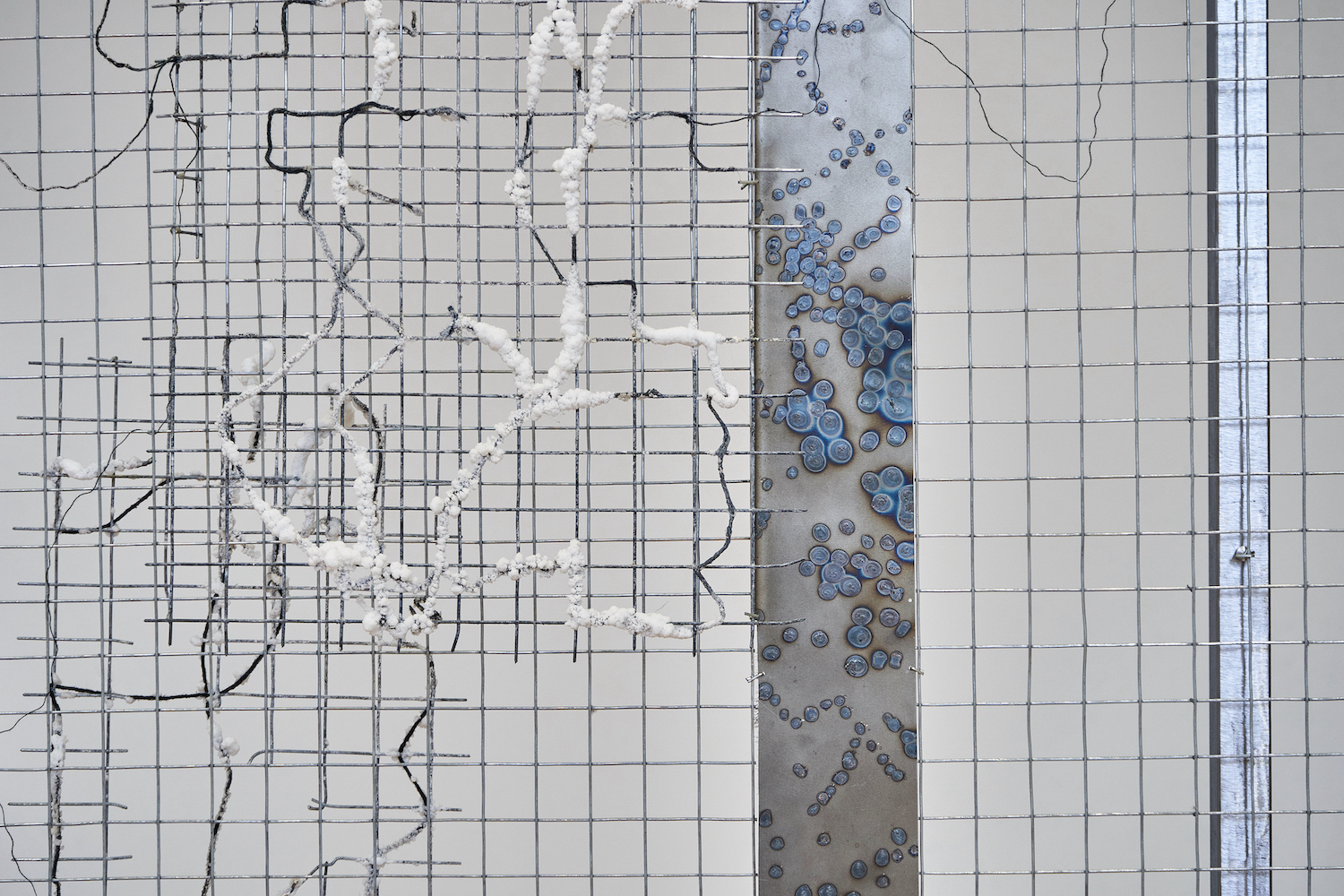
Maxine Weiss, The form can no longer be maintained (2024)

Maxine Weiss, The form can no longer be maintained (2024)
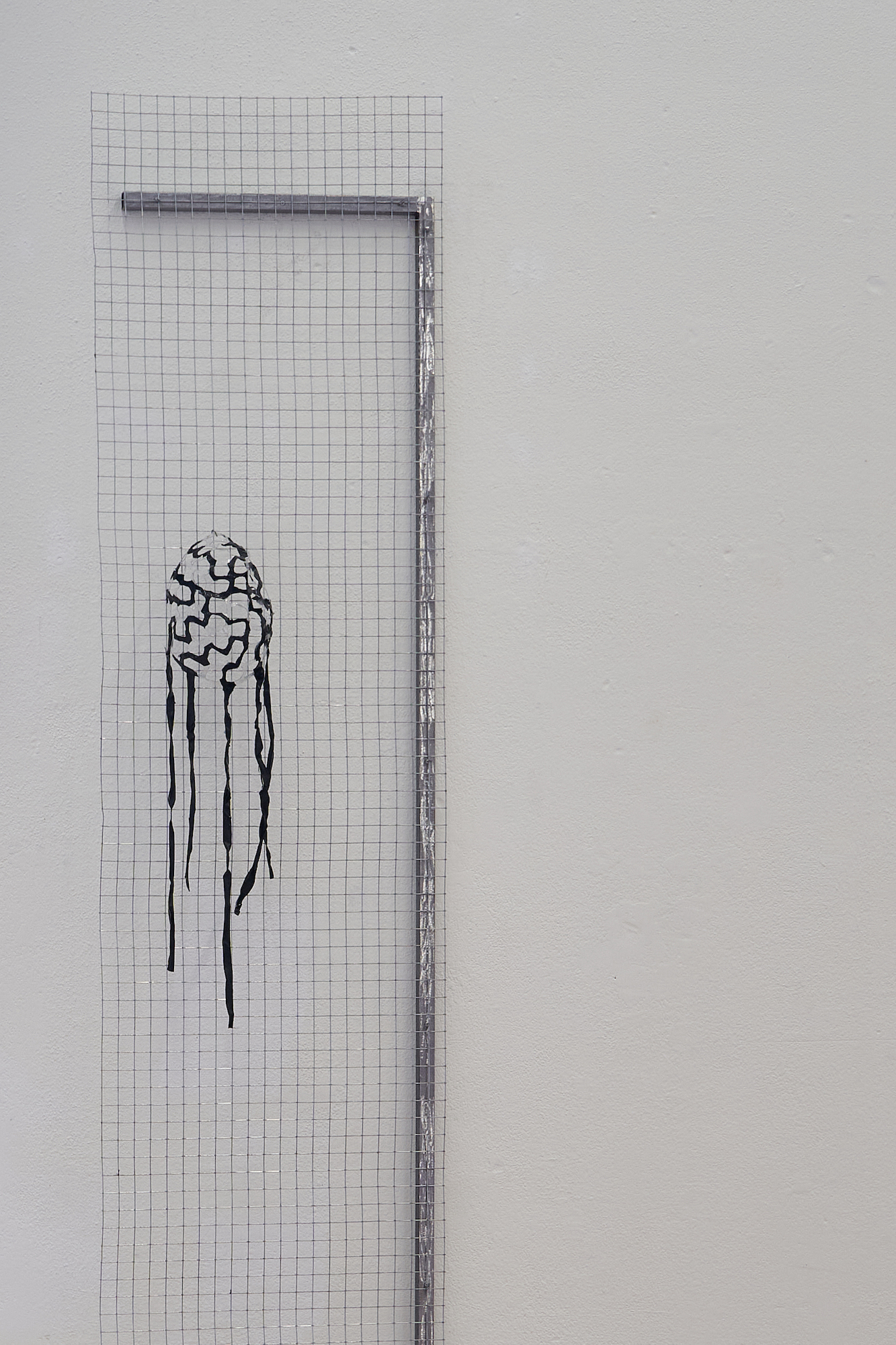
Maxine Weiss, The form can no longer be maintained (2024)
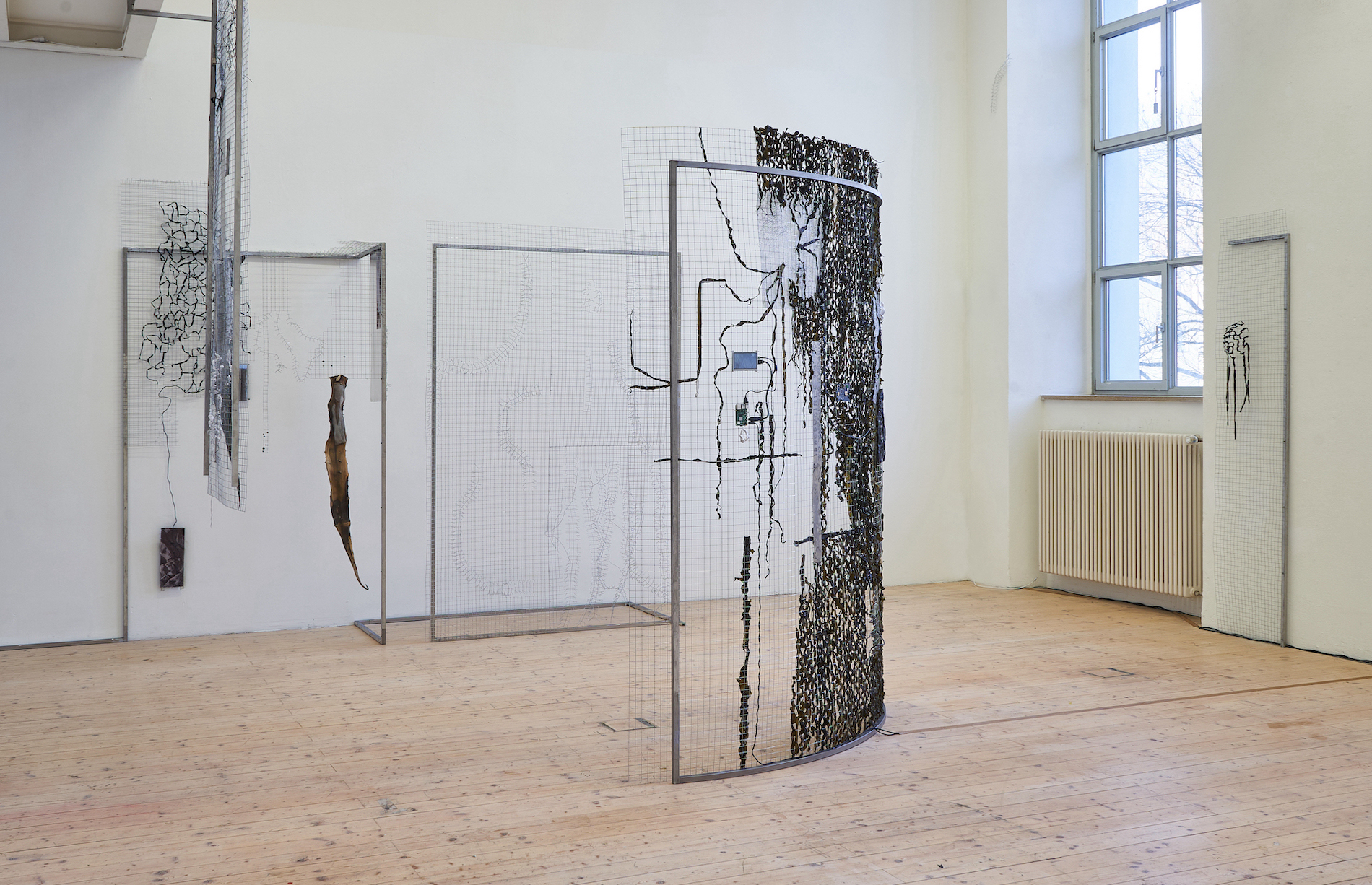
Maxine Weiss, The form can no longer be maintained (2024)
The multimedia installation "The form can no longer be maintained" reflects on the structure of the grid, which refers to both an art-historical image tradition (1) and a cartographic survey as well as the capitalist division of the world. The grid consists of units of fixed dimensions arranged in a horizontal-vertical pattern. Typically used for decentralizing the picture plane, objectification, and organization, it stands here as a metaphor for structuring systems that are reflected, deconstructed, and increasingly dissolved by Maxine Weiss, engaging in a dialogue with organic forms.
The grid also serves as a support structure for the presentation of animal and plant analogies, revealing their artificial origin through their metallic nature but illustrating the interaction between nature and culture. From one grid wall of the five-part installation, individual elements emerge into a relief, as if they were coming to life like giant centipedes. Elsewhere, mussel shapes cast in aluminum or dried algae counter the geometric structure, conveying a former mobility. A display screen with continuous coordinates shows the location of the International Seabed Authority (ISA) in Kingston, Jamaica, which manages and controls the extraction of marine resources and maps the seabed. Additional integrated small video screens depict the human cartographic view, shaped by the exploitation of the seas as a central economic space through deep-sea mining and container shipping. An agave leaf bears the coordinates of its location near Marseille, where the plant was introduced through shipping and trade and has since spread invasively over time. Another form of territorial reclamation is illustrated by growing salt crystals covering the basic structure.
Weiss' installation tells a story of human appropriation and assimilation of the natural environment and its resources from a critical yet hopeful perspective.
Her work is situated in the context of current ecological debates of Postnatural Studies, which argue that the natural environment no longer exists merely as a romantic background to human action but has become significantly one of the most far-reaching cultural constructs of modern society. The phrase "Irreducible to the sum of its parts" is welded onto a metal plate, pointing to the interconnectedness of various species and ecosystems, as well as their fragility (2). The grid is also an artistically technical construct of modern Western art history, revealing its multifaceted connections. The walk-in installation, in its double constructedness, depicts abstracted sections of posthuman landscape images, thus becoming a research-based artistic cartography in itself.
(1) With constructivist art, the grid became a symbol of modernity in the first half of the 20th century. Artists used grid structures both as a formal design principle and as an ideological or metaphorically charged means of their abstract image content. In Conceptual Art and Minimal Art of the 1960s and 1970s, the grid served once again as one of the most fundamental reference points, whether for drawings on graph paper or as part of expansive objects.
(2) Cf. Donna Haraway, Tentacular Thinking: "Anthropocene, Capitalocene, Chthulucene", in: e-flux journal #75, September 2016. [Original: "Gaia is not reducible to the sum of its parts, but achieves finite systemic coherence in the face of perturbations within parameters that are themselves responsive to dynamic systemic processes."]
Madeleine Freund
